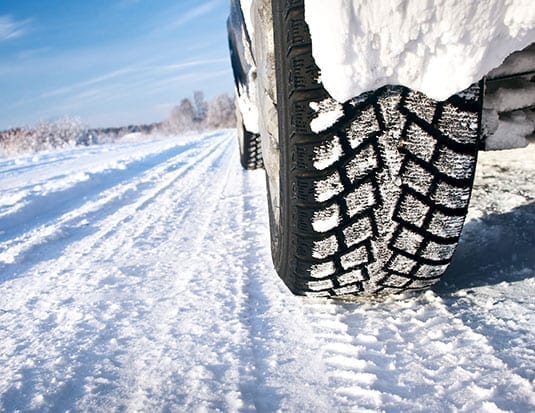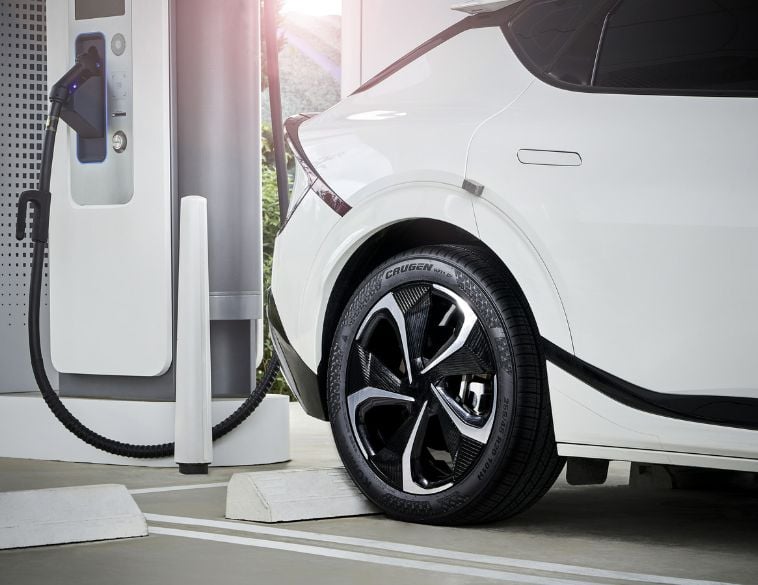Turning down the volume on winter tire noise.
In the old days, winter tires were just big lugs—knobby and loud. “Because of the nature of the technology, with a big void in the shoulder for the snow tread, they were very noisy,” says Ron Margadonna, Senior Technical Marketing Manager, Michelin North America.
Today’s winter tires have more biting edges in the block and are therefore quieter. “Sometimes they’re smaller, we have a lot of them, and we have a lot of sipes,” says Margadonna. “The winter tire has to do its job. Many of the elements may create a little more noise, but you have the safety and security of the technology to make sure those biting edges translate into an element that grips the surface, be it soft or hard, like ice.”
It’s really about the tread. “How the tire is built and how the tread interacts as it comes in contact with the road surface—that impacts noise,” says Margadonna.
Noisemakers
He explains that two factors contribute to the creation of noise. “The entrapment of air when the tire comes into a footprint and the elements themselves tend to vibrate. We call that tread element excitation, and there’s a bit of noise coming from that.”
Balancing the phasing of the tread element as it comes into the contact zone is a whole science in itself. “We vary the pitch, or the size of the block as you circumferentially go around the tire,” explains Margadonna. “If you had a tire in front of you, and you looked down while rotating it 360 degrees, you would see a variation in the element. It would get shorter, longer, shorter, longer. That’s called phasing or pitch sequencing, and it formulates control.”
As tread designs evolve into smaller units and are more aggressive, there may be some more computer modelling to be done. “As we go to smaller elements for optimal grip, we’ve got to combat that with mechanics and computer modelling to make sure that we run the pitching and sequential randomness of the tread elements, to ensure that we have a pleasant ride,” Margadonna adds.
He’s not sure that striving for the noise level of an all-season tire is a good objective in the design of a winter tire. “Reaching that would give up some of the things that we enjoy on the traction side,” says Margadonna.
Three-dimensional sipes
At Bridgestone, engineers have designed tread patterns that reduce the compromise between having high edge density and maintaining pattern stiffness. “We utilize three-dimensional sipes that lock together to help keep a level of stiffness that helps maintain a quieter ride,” says Will Robbins, Product Manager, Bridgestone Americas Tire Operations. “The footprint shape also plays a key role in how road noise is absorbed and transmitted.”
Although winter tires have historically been perceived as noisier than all-season or dedicated summer tires, today’s winter tires offer improved noise performance when compared with earlier generations. In fact, Robbins notes that market feedback indicates that today’s consumers are satisfied with the performance of their winter tire products… especially since today’s winter tires are much quieter than their predecessors.



